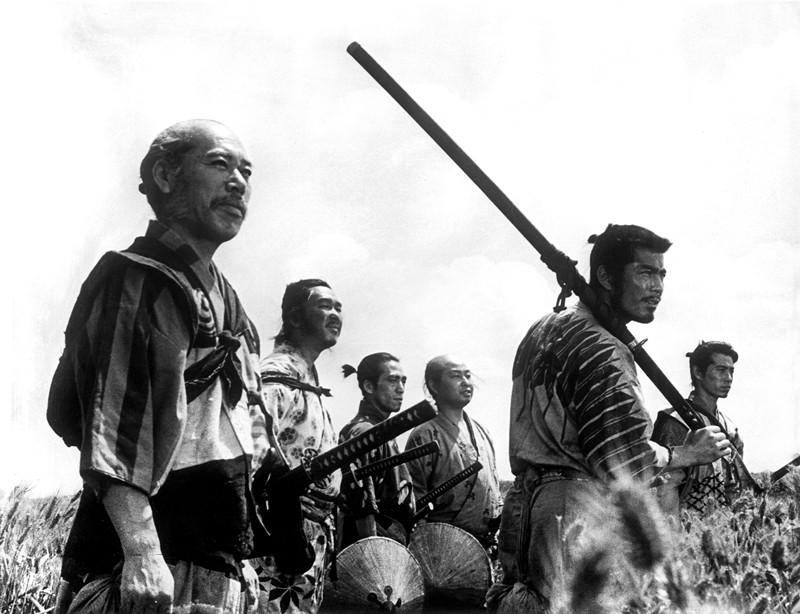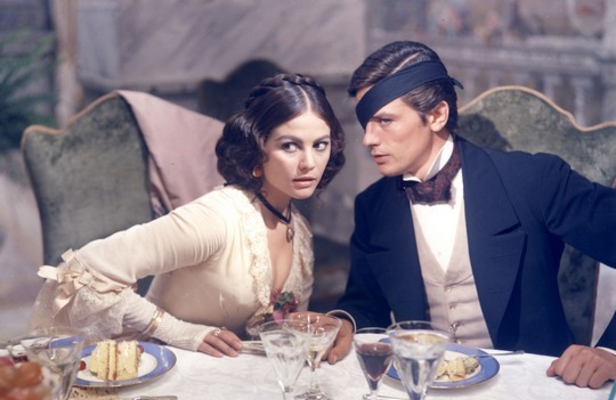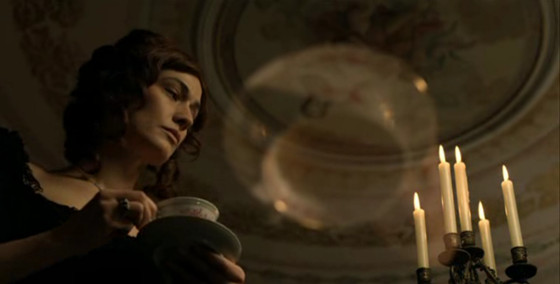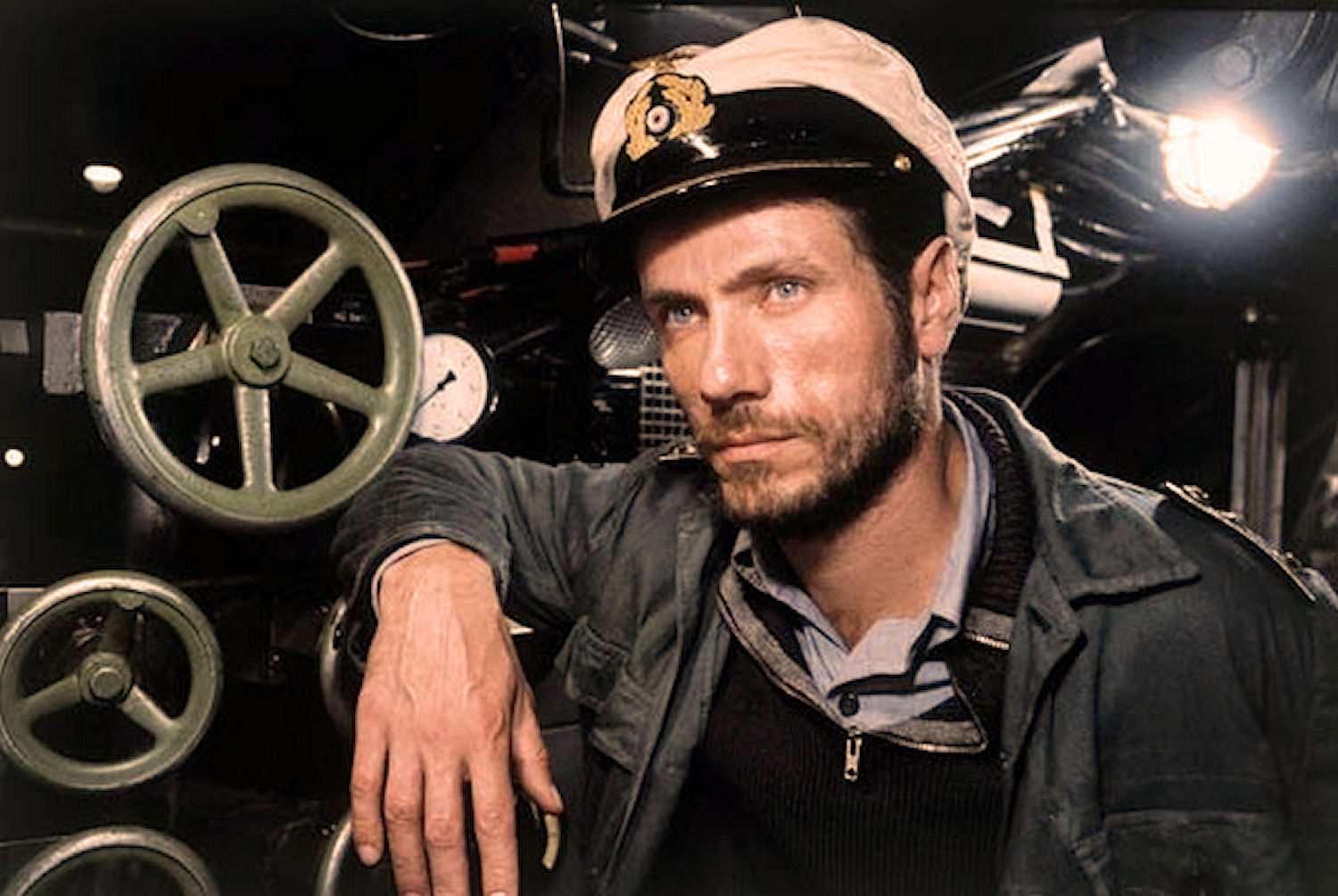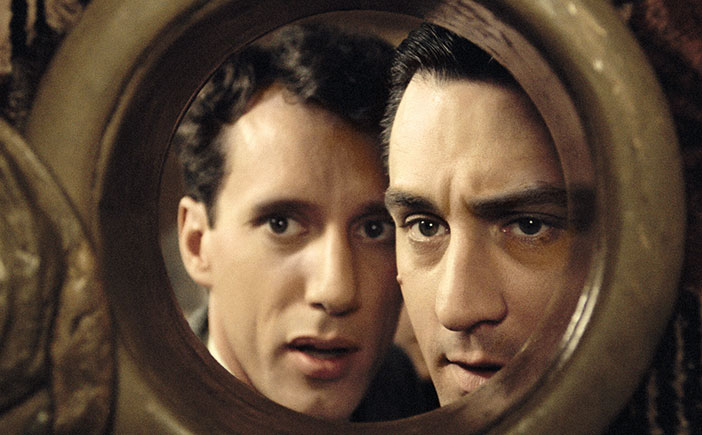
Art films have often been unfairly burdened with the stereotype that their running times are punishingly over-long, designed purely to bore the uninitiated viewer into a sort of catatonic submission. Of course now such a correlation between a film’s length and its art-house credentials no longer holds.
Modern block-busters (read: celluloid energy drinks) such as Avengers: Age of Ultron (2014) and Furious 7 (2015) are straying into the 2 and-a-half hour mark, a running time once squarely associated with art cinema, with noisy abandon.
Length of film no longer distinguishes type of entertainment. But what of the rare selection of films that go far beyond the 150-minute mark; films that run to four, five, even ten hours? They intimidate us with their temporal weight, with running times that can be off-putting even to the most ardent cinema fan.
This is a list concerns some of the longest feature films ever made and why they deserve to be viewed by anyone serious about film appreciation. These are films that display the wonderfully malleable relationship between time and cinema; some display vast historical panorama with glorious bombast, some focus on the changing fortunes of a single family, some focus on the events of just a few days. All are important moments in the history of the medium, and are not to be missed.
15. Love Exposure (2008)
Running Time: 3h 57m
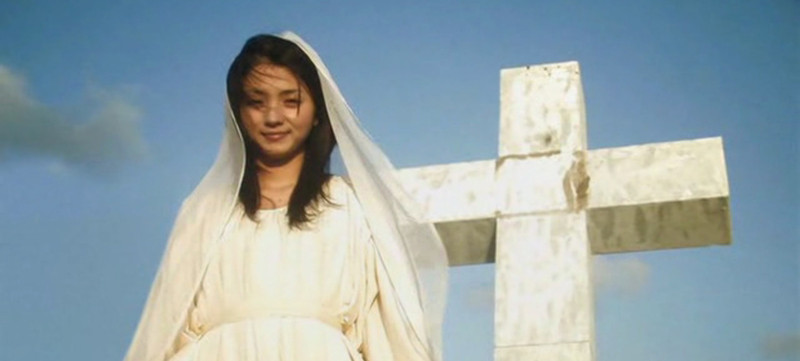
With lines like “be erect with your heart” and “I raped him beautifully”, Love Exposure announces itself as one of the strangest, crudest, and most controversial films of the last ten years. The beginning of the film follows Yu, the son of a Catholic priest, as he searches for his Maria, the one true love of his life, in order to fulfil his late mother’s dying wish.
This simple set-up is soon marginalised as Sono’ four hour epic breathlessly expands, through a kaleidoscopic eruption of sub-plots and flashbacks, into something much more complex, and much, much less rational. We are introduced to malevolent religious cults, the ‘art’ and ‘artists’ of up-skirt photography, and lurid, disturbing dream-sequences.
The cinematography is as restless as the narrative itself, as the camera jerks, swivels, and zooms in order to keep up with the frantic action. Like secondary protagonist Noro, Love Exposure dresses like a punk. It is a brash, loud, wilfully offensive work that is as uncontained and as visceral as the arterial fountains of blood that are sprayed across the film.
The film is a non-stop barrage of pulpy action sequences; hysterical, fidgety performances; and utterly ridiculous plotting. And yet it is totally entrancing. The film exudes an indefinable charisma, an unshakable self-confidence despite the fact that it is, at its heart, a complete and utter mess. The filmic equivalent of a cocaine-laced double espresso.
14. Seven Samurai (1954)
Running Time: 3h 27m
Akira Kurosawa’s samurai epic pioneered many technical, and narrative, aspects of the medium that we now take for granted. It is an elemental work, embedded within a deep sub-strata of cinema’s archaeological make-up.
The story of the seven samurai, a group of disparate heroes banding together to protect a remote farming village in the pre-shogunate era of Japan’s history, seems so familiar, so unassumingly part of cinema’s narrative tradition, that we can easily forget that Kurosawa actually introduced such a narrative arc to film.
Furthermore, the film is arguably the most thrilling, breath-taking example of the way in which the medium can aestheticize combat, and death itself; the final rain-drenched battle sequence has rightly been enshrined as one of cinema’s most beautiful moments. It is hard to grasp just how influential Kurosawa’s ambitious, innovative multi-camera set up in Seven Samurai has been in the course of film history.
13. The Leopard (1963)
Running Time: 3h 25m
Luchino Visconti’s gorgeous, sweeping, historical epic has a strange number of parallels with Coppola’s The Godfather (1972). Both chronicle the changing fortunes of a prominent Sicilian family as they face the irrepressible tide of history, both employ a wistful, melancholic Nino Rota score, and both are endowed with an earthy-brown colour palette , suffused with yellows and browns that seem to coat the screen with a sepia-toned filter.
The Leopard concerns the waning power of the Sicilian aristocracy during the tense and uncertain period of Italian Unification and the rebellions of Giuseppe Garibaldi. In the tradition of grand historical epics (War and Peace, Gone with the Wind), this historical upheaval is charted through the trials and tribulations of one particularly prominent family.
In the case of The Leopard, it is through the eyes of aging patriarch Don Fabrizio Corbera, Prince of Salina, and his roguish, charming nephew Tancredi (played by Burt Lancaster and Alain Delon respectively).
The wide-angle cinematography of Giuseppe Rotunno displays stunning pastoral vistas and grand ballrooms that burst with an extravagant, rococo-style colour palette. These sensual delights are interwoven with the profound, sombre reflections of the Prince as he realises that his family’s aristocratic prominence is slipping inexorably into decline: “my unhappy generation straddles two worlds and is uneasy in either”.
As the Prince falters in health, we realise that he is the living embodiment of an old, tired order; one that destined to be swept away.
12. Mysteries of Lisbon (2011)
Running Time: 5h 30m
Moving from one period-drama to another, Raúl Ruiz’ masterful Mysteries of Lisbon is a four and a half hour epic that is truly Dickensian in its narrative breadth. The story, set in Portugal in the 1860’s, initially focuses on an orphan João and his search to discover the truth about the identity of his parents; this initial mystery is the narrative catalyst for a multitude of flashbacks and a dizzying array of narrational voices.
The film, much like The Leopard, focuses on the machinations of the aristocratic class, and is thus replete with an opulent set design; although unlike The Leopard’s effervescent colour palette, Ruiz’ interiors are lit with the cool, prominent shadows of a Dutch genre-painting.
This lighting scheme is complemented by a roaming camera that commands the profilmic space with unquestionable authority. While Ruiz’ work is certainly more formally and stylistically austere than Visconti’s, strange manipulation of focus and spatial perspective leaves the film feeling like a hazy, oneiric, fairy-tale.
Towards the end of the film, a character remarks “what to us are the things of life are enormous tragedies to the nobility”. Mysteries is not just a sprawling melodrama but a comment on the nature of melodramatic storytelling; indeed each narrative episode is introduced through a toy opera house in which the characters appear on its stage as static, card-board cut-outs.
The film manage to maintain an intelligent, distinctly post-modern perspective while simultaneously creating a wholly credible, and involving, cinematic universe.
11. Das Boot (1981)
Running Time: 4h 53m (Uncut Version)
Das Boot is one of the greatest actions films ever made. Not many entries on this list can be classified within a genre category, but Wolfgang Petersen’s U-Boat epic is high-octane cinema at its most thrilling and immersive.
Petersen creates an almost-unprecedented sense of place as he documents the fictional exploits of U-96; the film provides an utterly convincing portrait of the blood-and-sweat drenched physicality of war, as well as the humanity, and comradery that emerges from the intense confinement of life on-board a submarine.
Das Boot may be a war film, but it is not about vilification nor is it particularly about valorisation; it is instead a brutally effective document of maddening claustrophobia, crippling exhaustion, intense boredom, and waning loyalty. Jürgen Prochnow’s performance as the ship’s Captain is particularly notable; the strange, almost unreal dichotomy between the unmistakable authority of his commands and his increasingly waxen skin and fatigue-lined face is a feat of performance and make-up.
Jost Vacano’s technically astounding cinematographic design has the camera bolting through the cramped compartments of the ship with remarkable freedom. These bravura tracking shots are coupled with expertly designed action sequences that manage to maintain a sense of spatial coherence despite a frame crammed with jostling bodies and screeching equipment.
Das Boot pulls off a remarkable thing in boasting a 209 minute running-time, and sustaining an acute, palpable tension throughout. Such an achievement makes the film a rare and memorable experience.
